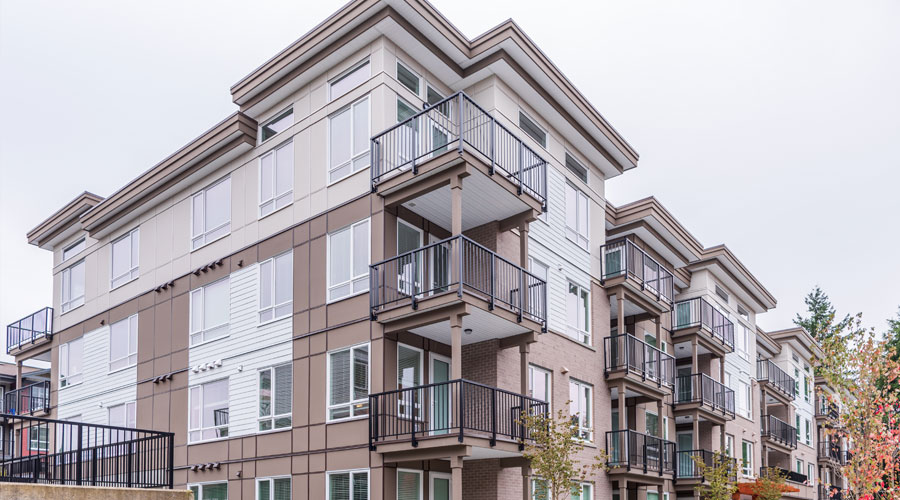
Understanding Landlord Insurance
Renting out property can be a good way to secure additional income, but it doesn’t come without some barriers to entry. Specifically, investing in real estate and renting it out to tenants involves a type of coverage called landlord insurance, which differs from home insurance. Home insurance traditionally covers property, contents and personal liability to the resident and anyone else living in the home. On the other hand, landlord insurance covers property owners like you from financial losses at your rental establishments. It often covers the building, contents that you own on the property, liabilities that might come up from property ownership and loss of rental income.
Landlord Insurance Coverages
Landlord insurance is essential to have when renting out property to tenants. It will protect you from various risks such as theft, vandalism, fire and other potential hazards. Most policies cover the following:
- Landlord’s possessions—Landlord insurance typically covers the property owner’s belongings, such as any appliances provided for the tenant to utilize. This type of insurance does not cover the tenant’s belongings.
- Liabilities—Many landlord insurance policies include liability coverage, which protects owners from being held liable for harm or injury to any person on the property. Liability coverage will protect against incidents, such as trips and slips on the property.
- Loss of rental income—Landlord insurance may also cover the loss of rental income, which goes into effect if there are damages that make the property uninhabitable. In this instance, a landlord can no longer charge rent and therefore loses part of their income. This coverage will pay the landlord fair market rent for a reasonable period while repairs are completed.
Additional Options
There are also supplemental coverages applicable to some property owners that can be added to a landlord insurance policy. Here are a few of those options:
- Flood insurance—Flood insurance traditionally only covers damage directly caused by flooding, but this add-on also has the option to include sewer backup and overland water coverage.
- Earthquake insurance—If your property is in an area known to experience earthquakes, you may want to invest in this coverage to help cover possible damages.
- Extended contents insurance—This type of coverage may be necessary if expensive items, such as a snowplow or lawn mower, are kept on-site. These are items that cost more than what an insurer considers to be “normal” and may not be covered under a standard policy.
- Coverage for non-payment of rent—This coverage is useful when a tenant refuses to or cannot pay rent. In this instance, a landlord will begin the eviction process, which can take months. Non-payment of rent coverage will reimburse the rent payment for a set amount of time.
Conclusion
Make sure to set aside some time each year to review your policy and ensure that the limits and coverage you have selected are right for your property. Evaluate your needs based on provincial regulations, the value of your belongings and property, the money you have in savings and the amount of risk you feel comfortable taking. Then, read the entire policy—especially the exclusions—to guarantee you are covered in every situation that applies to your property. Additionally, consider reminding tenants that they need renters insurance to protect any of their personal belongings.
For more information on small business insurance and risk management, or to find out how to reduce your insurance costs call CMB at 780.424.2727 or click here to get a quote.
